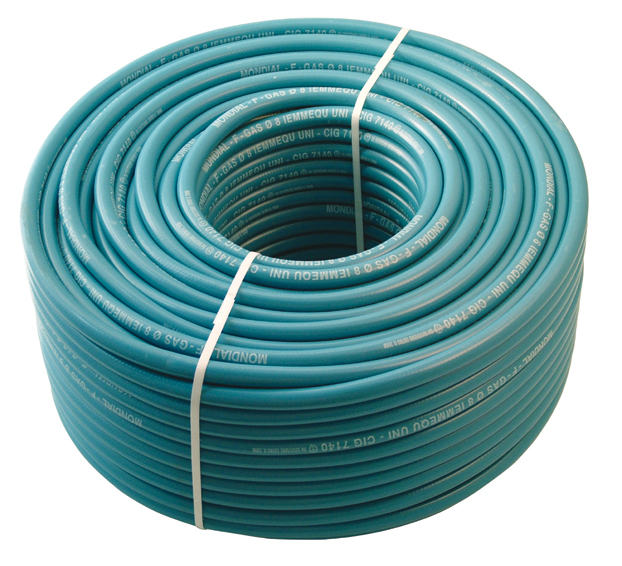Elastic properties of a flexible hose
The hose allows the connection of hydraulic components and enables a correct sliding of the working fluid inside

Boilers, warm baths, heat exchangers and flywheels: these are just some of the facilities at the transformation of thermal energy, allowing the heating of buildings, sheds and residential areas. The above is among heat sources that allow what was just described. But how to ensure that heat is properly transported to internal users without any excessive heat loss?
Here comes into action a number of models of hoses designed for proper operation in gas or incompressible fluids systems. The models of flexible hose that operate in contact with gas are designed so as to have an internal tubular structure composed of flexible stainless steel, so as to ensure the possibility to be also used in small spaces. The outer covering of a rubber hose is non-corrosive, non-toxic and flame retardant. Typically, hoses are made of austenitic stainless steel, this is because they have excellent ductility but they do not depend on ductile-brittle transitions caused by temperature variations which results in a drastic alteration of properties in the structure of steel. To avoid this, the structure of a hose must be carefully designed with an account to these issues.
Regarding hoses for use with incompressible fluids, the material used is rubber: this type must comply with precise rules, here withn the UNI CIG 7140.
Here comes into action a number of models of hoses designed for proper operation in gas or incompressible fluids systems. The models of flexible hose that operate in contact with gas are designed so as to have an internal tubular structure composed of flexible stainless steel, so as to ensure the possibility to be also used in small spaces. The outer covering of a rubber hose is non-corrosive, non-toxic and flame retardant. Typically, hoses are made of austenitic stainless steel, this is because they have excellent ductility but they do not depend on ductile-brittle transitions caused by temperature variations which results in a drastic alteration of properties in the structure of steel. To avoid this, the structure of a hose must be carefully designed with an account to these issues.
Regarding hoses for use with incompressible fluids, the material used is rubber: this type must comply with precise rules, here withn the UNI CIG 7140.
31/07/2013
I contenuti di questo sito non hanno carattere di periodicità e non rappresentano 'prodotto editoriale'.








